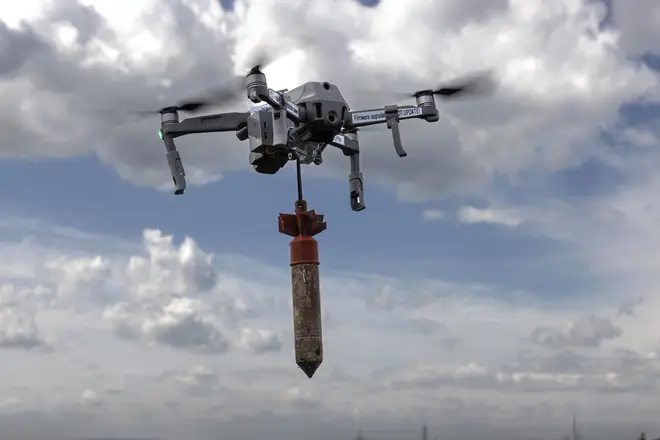A Historic Operation Unleashed On June 1, 2025, Ukraine launched a meticulously planned drone strike targeting five Russian military airbases, including one in Siberia—over 4,000 km from the front lines. Code-named ‘Operation Spider’s Web,’ this mission saw over 150 FPV (First Person View) drones smuggled into Russia inside wooden cabins mounted on trucks. The drones, hidden in these mobile containers, were released remotely to carry out precision attacks.
The result: 41 Russian military aircraft, including rare A-50 early warning planes and Tu-95 strategic bombers, were destroyed. Ukrainian President Volodymyr Zelensky called it an “absolutely brilliant result” and hinted that planning had begun nearly 18 months prior.
The Trojan Horse Tactic
The impact was devastating and symbolic. Not only were vital aircraft lost, but it also revealed serious vulnerabilities in Russia’s homeland defenses. The SBU, Ukraine’s security agency, later released footage of the burning bombers, affirming the success of the covert incursion.
Redefining the Battlefield
This mission has altered the understanding of drone warfare. Unlike traditional airstrikes, the FPV drones are smaller, nimbler, and remotely piloted via live video feed, often using Russia’s own mobile networks. According to U.S. defense experts like Thomas Shugart, the strike could serve as a warning for other nations, including the U.S. and India, about the vulnerability of strategic air assets.
Green Card Scam: Indian Citizen Pleads Guilty in West Virginia
The operation has drawn parallels to the 2022 attack on the Kerch Bridge and has raised alarm among defense analysts globally. With drones now capable of deep-strike missions in peacetime settings and from within enemy territory, traditional concepts of perimeter security are obsolete.
Ukraine’s ‘Operation Spider’s Web’ may go down in military history as a paradigm-shifting event—a testament to asymmetric warfare in the 21st century, where agility and innovation trump brute force.


